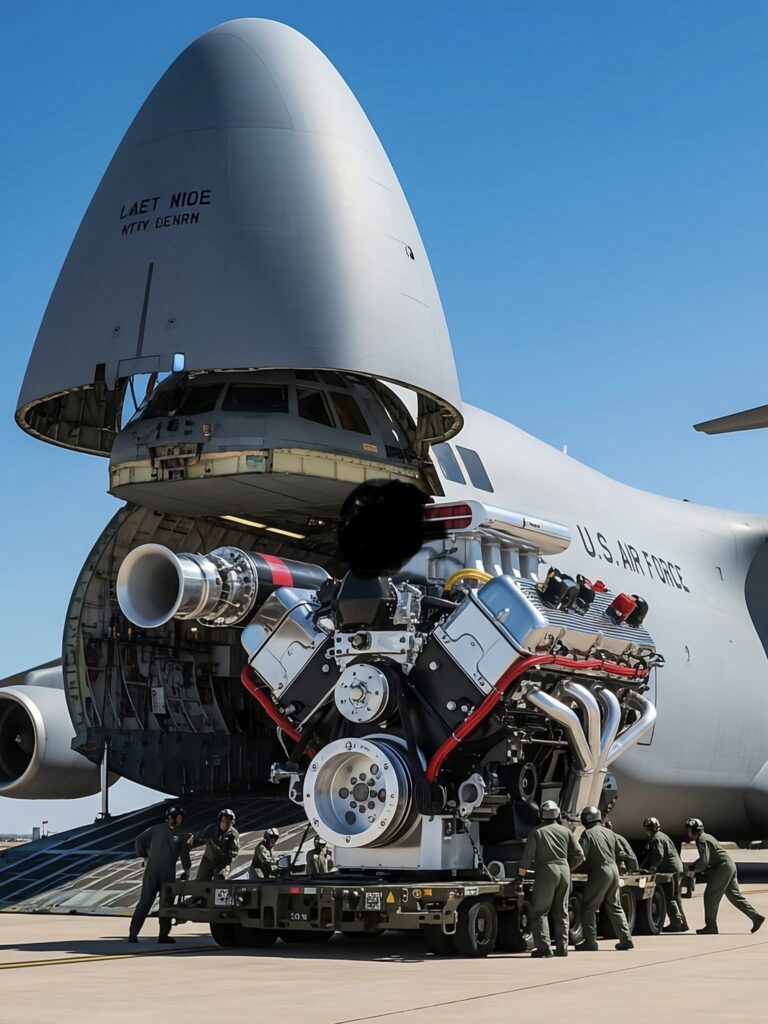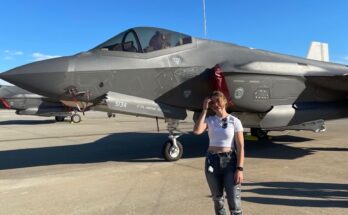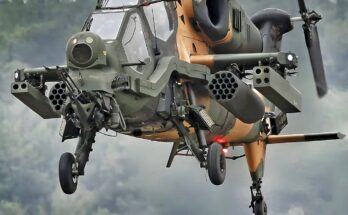
When people think of impressive aircraft, their minds often go to sleek fighter jets or cutting-edge stealth bombers. Yet one of the most extraordinary machines in the U.S. Air Force’s arsenal is not a fast attacker or a heavily armed plane, but a massive cargo hauler: the Lockheed C-5 Galaxy. Designed in the 1960s, this aircraft remains one of the largest military transport planes in the world, and its technological capabilities make it a marvel even today.
The C-5 Galaxy’s most remarkable feature is its unique cargo-loading system. Unlike most cargo planes that load only from the rear, the C-5 has a distinctive “kneeling” nose that tilts upward, allowing vehicles, helicopters, and oversized equipment to be driven directly into the front. At the same time, it has a rear-loading ramp, which means cargo can be moved straight through from nose to tail. This dual loading system dramatically cuts down on the time it takes to load and unload, which is vital during military operations where speed can be the difference between success and failure.
This feature becomes especially important when dealing with critical assets like jet engines, armored vehicles, or even other aircraft components. Imagine the logistics of transporting a massive replacement engine for a fighter jet or bomber. Without a transport like the C-5, such moves would require extensive planning, specialized equipment, and far more time. With the Galaxy, crews can quickly load the engine, secure it, and have it in the air within hours. The aircraft’s ability to “kneel” closer to the ground also simplifies the process, reducing the need for complex cranes or lifts.
The numbers behind the C-5 are staggering. It stretches more than 247 feet long, has a wingspan of 222 feet, and towers six stories tall at the tail. It can carry over 270,000 pounds of cargo in a single mission. To put that in perspective, it can transport two M1 Abrams tanks, or a complete CH-47 Chinook helicopter, and still have room for additional equipment. Its range and aerial refueling capability mean it can move these loads across oceans and continents without hesitation.
But beyond raw size, the C-5 is a carefully engineered piece of technology. Its pressurized cargo hold ensures that sensitive equipment travels safely, whether that’s delicate electronics or multi-million-dollar engines. Its onboard systems allow for precise environmental control, meaning even fragile cargo can be delivered in perfect condition. These details highlight that the C-5 isn’t just a giant flying box—it’s a purpose-built machine designed to keep the military running in any corner of the globe.
Even decades after its debut, the C-5 Galaxy continues to evolve. The upgraded C-5M “Super Galaxy” version has modern engines, avionics, and structural improvements that extend its service life well into the future. This modernization means the aircraft remains relevant in modern conflicts, humanitarian missions, and rapid-response scenarios where heavy lift is essential.
The next time you see a picture of a massive engine being loaded into the yawning nose of a C-5 Galaxy, it’s worth remembering what you’re looking at. It isn’t just a big plane—it’s a carefully engineered solution to one of the toughest challenges in global logistics. Who knew that behind its size lies one of the most ingenious cargo-loading systems in aviation history?


